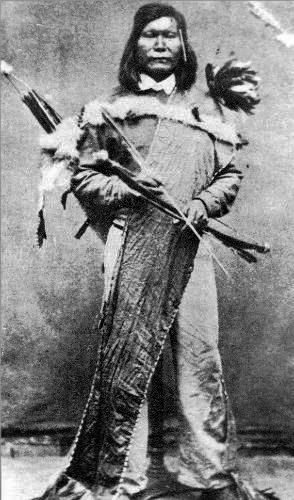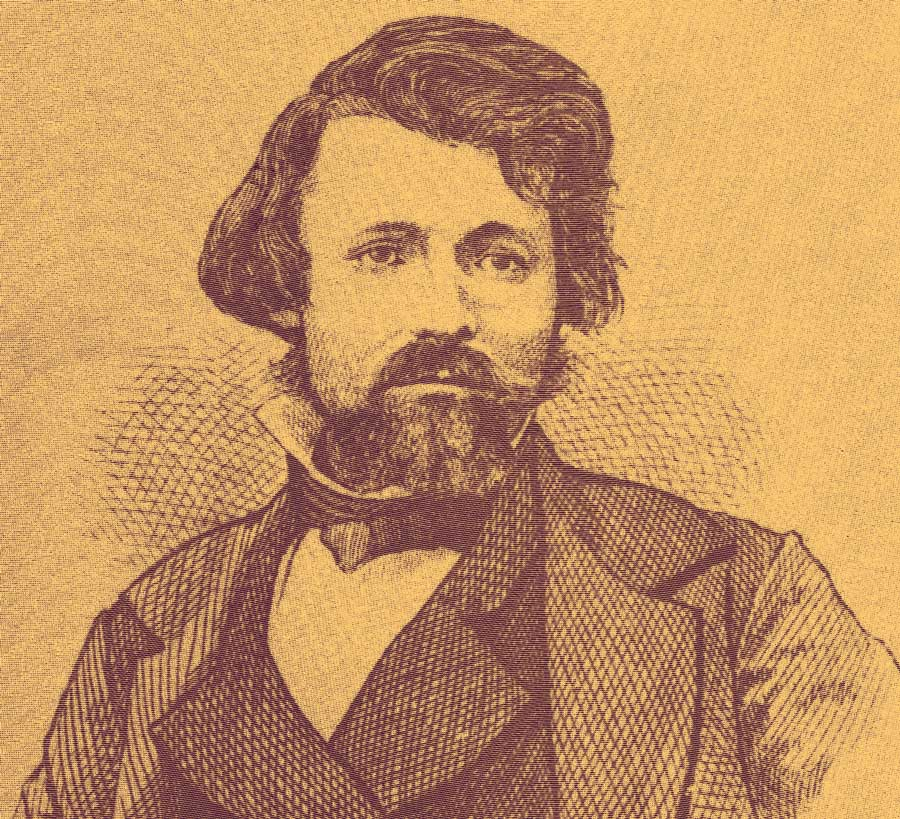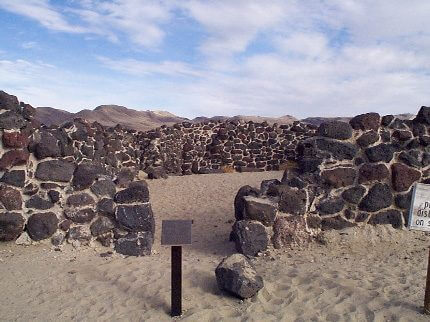The Pony Express
| HOME | OVERVIEW | PROFILES | INFLUENCE |
The Stations and the People

Akicita. War Leader Numaga of the Northern Paiute. 1860. Pintrest
Williams Station
Williams Station was an outpost on the Carson River in 1860 owned by James Williams and operated by himself and his two brothers. It was less isolated than most stations because of the recent discovery of silver in that part of Nevada, and the local natives, the Northern Paiute Tribe, were losing control of the region. A rogue band of Paiutes attacked Williams Station after the occupants supposedly kidnapped and raped a young child.
The attack on Williams Station initiated the Pyramid Lake War between the settlers in the area and the Paiutes. Most stations had a cabin, water source, and brush corral for horses and ponies. Station keepers were more frequently killed than riders on account of frequent Native raids for horses and supplies. Most raids were bloodless, however.

Francois Aubery. Missouri Life
FX Aubery
The daring and skill of Pony Express riders cemented the organization in public memory as an icon of the west. This speed record set by FX Aubery is one of the most impressive human feats of the era.
Read a story
This incident emphasizes the importance of Majors’ temperance rules. Weapons and crime were very common, and the banning of disreputable behavior helped keep the express line functioning at high capacity.

Sand Springs Station, Wikipedia
JG Kelley
The infrastructure of the pony express was one of the greatest expenditures required of the company. 150+ stations, bridges, and paths needed to be created in hostile territory in order for the route to function.